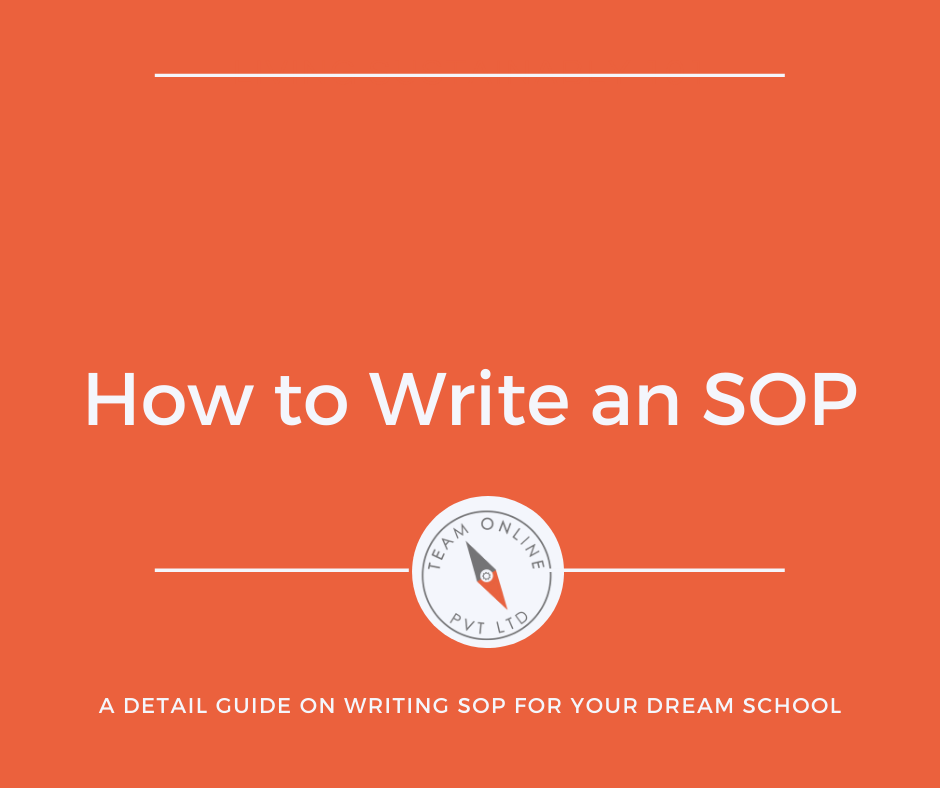The statement of purpose should convince the readers that you have solid achievements behind you that show promise for your success in graduate study.
Think of the statement of purpose as a composition with four different parts.
Part 1: Introduce yourself, your interests and motivations
Tell them what you’re interested in, and perhaps, what sparked your desire for graduate study. This should be short and to the point; don’t spend a great deal of time on autobiography.
Part 2: Summarize your undergraduate career
(a) Research you conducted. Indicate with whom, the title of the project, what your responsibilities were, and the outcome. Write technically, or in the style of your discipline. Professors are the people who read these statements.
(b) Important paper you completed, as well as anything scholarly beyond your curricular requirements.
(c) Work experience, especially if you had any kind of responsibility for designing, researching or interning in an area similar to what you wish to study in graduate school.
Part 3: Discuss the relevance of your recent activities
If you have worked prior to returning to grad school, indicate what you’ve been doing: company, your work team, responsibilities, what you learned. You can also indicate here how this helped you focus your studies.
Part 4: Elaborate on your academic interests
Here you indicate what you would like to study in graduate school in enough detail to convince the faculty that you understand the scope of research in their discipline, and are engaged with current research themes.
(a) Indicate the area of your interests. Ideally, pose a question, define a problem, or indicate a theme that you would like to address, and questions that arise from contemporary research. This should be an ample paragraph!
(b) Look on the school’s website for information about the department you’re interested in. Are there professors whose research interests parallel yours? If so, indicate this. Check the specific program; many may require you to name a professor with whom you might work.
(c) End your statement in a positive manner, indicating your excitement and readiness for the challenges ahead of you.
OTHER ESSENTIAL TIPS
1. What the admissions committee will read between the lines: self-motivation, competence, potential as a graduate student.
2. Emphasize everything from a positive perspective and write in an active, not a passive voice.
3. Demonstrate everything by example; don’t say directly that you’re a persistent person, show it.
